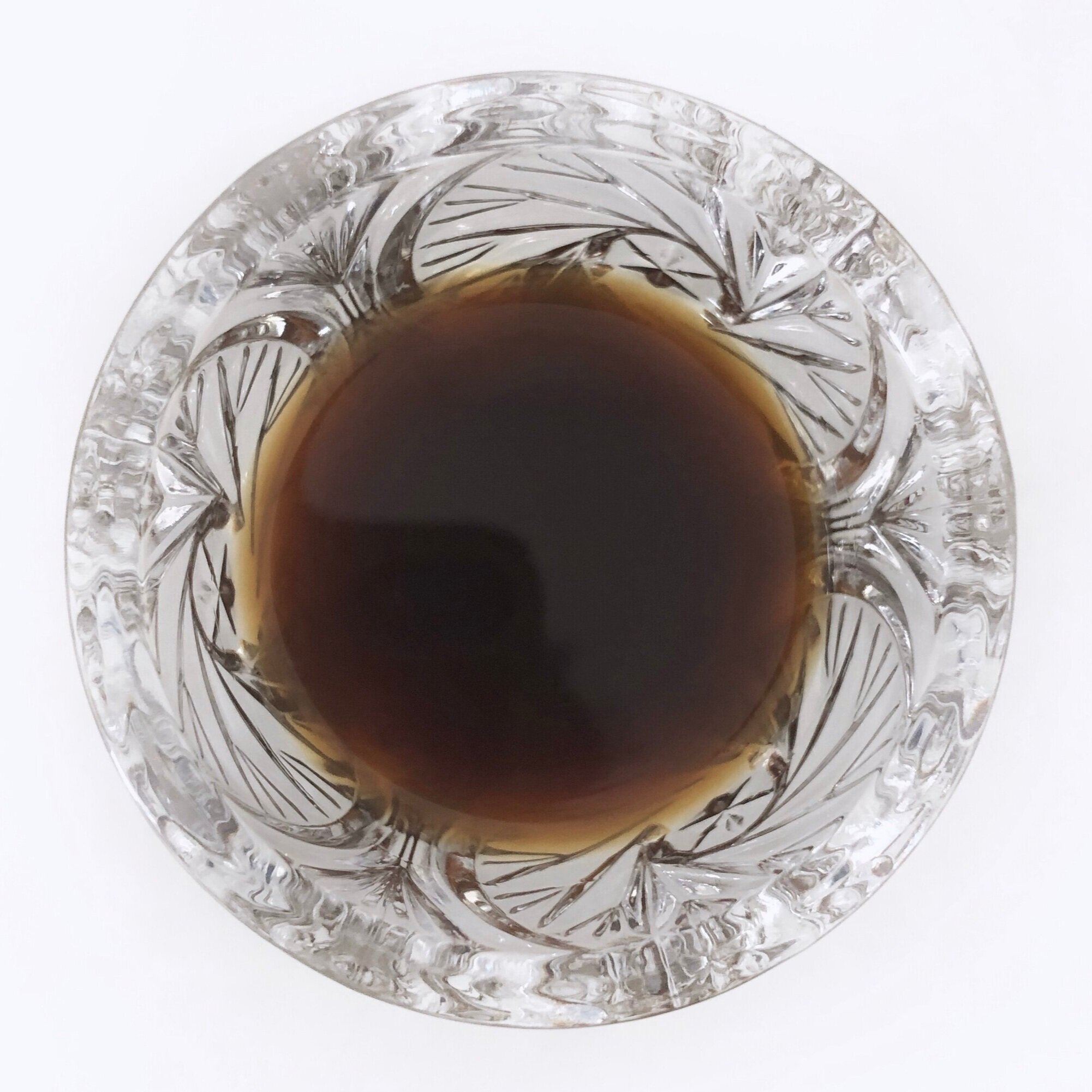How to Make a Benzoin Tincture
Benzoin resin is tapped from the Styrax benzoin tree when it reaches maturity (after 7 years old). When cut the tree exudes the sap or benzoin resin. This resin contains approximately one-third benzoic acid, a mild antimicrobial, which is sometimes used in food and cosmetics preservation.
Benzoin is commonly used in perfumery and functions as a fixative - it will anchor other scents. Some say it has a warm, sweet aroma reminiscent of vanilla and caramel. I think the crushed resin smells like chocolate.
The resin and extracts made from it have been used throughout antiquity, from the Arabia's and South Asia to China and was predominantly used for burning incense, perfumery and to treat minor medical problems.
Benzoin made its way over to the West and we started seeing it used for general health, as well as in beauty remedies. In Georgian times, a tonic called Imperial water was used as a mouthwash for easing toothache. It was also used as a face spritz to smooth wrinkles. A combination of benzoin, balm of gilead, houseleek and wine was used in Virgins Milk, a remedy for blemished skin.
Historically, tincture of benzoin has been used to treat skin sores, cuts and blisters as an antiseptic and a styptic (an agent to stop bleeding.)
Medicinal Uses
Benzoin tincture, BP is listed in the British National Formulary (BNF). It is a combination of Benzoin (Ground) 10.0 % w/v, Prepared Storax 10.0% w/v, Aloes 2.0% w/v. It is sold as a concentrate to be added to boiling water and inhaled to treat congestion of the upper respiratory tract.
Friars balsam BP is also listed. This contains 10% benzoin and 10% storax and is used as an inhalant as well as a mild antiseptic dressing.
What is a Tincture?
A tincture is an infusion where the solvent is alcohol. Tinctures can have typically anywhere between 18% and 100% pure alcohol content, depending on the solute. There is not really a hard and fast rule, but you can easily make a tincture from fresh plant materials that contain high amounts of water, with 100-proof (50% ethanol) vodka and it will still have enough alcohol to keep the plant material preserved.
How to make a Benzoin Resin
As benzoin resin contains little water you can make a tincture using 180 proof alcohol at a 1:1 ratio. Simply grind the resin to a powder and weigh it. Add equal amounts of 95-96% organic, non denatured ethanol. When you first mix it together and give it a shake, it will look like chocolate milkshake and smell like a very boozy coffee liqueur.
Over time, the alcohol will turn dark brown and the residue will lose its colour. Shake the tincture daily for a minimum of 14 days. At the time of writing this post, my benzoin tincture had been infusing for approximately 8 months. Some types of benzoin dissolve fully in alcohol and some only partially. The type I used had a great deal of sediment left over after the infusion and needed straining with a muslin cloth.
Unlike medicinal alcoholic infusions that typically contain about 10% resin this is a highly concentrated tincture. You can dilute it further after you have finished if you so wish. This resin would likely be a good base for solid perfume or to use as a fixative scent in your homemade beauty products.
Crush the benzoin resin into a powder.
Add the alcohol and give it a shake.
This is how it looked after 8 months. You can see that the extract is a dark brown and the solid matter/residue had turned white.




